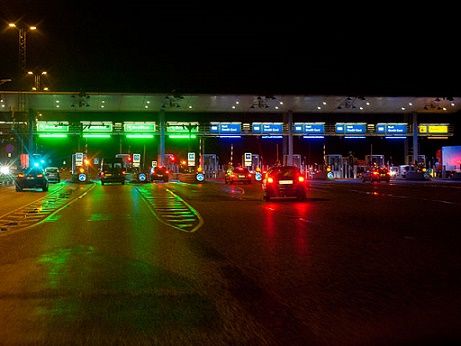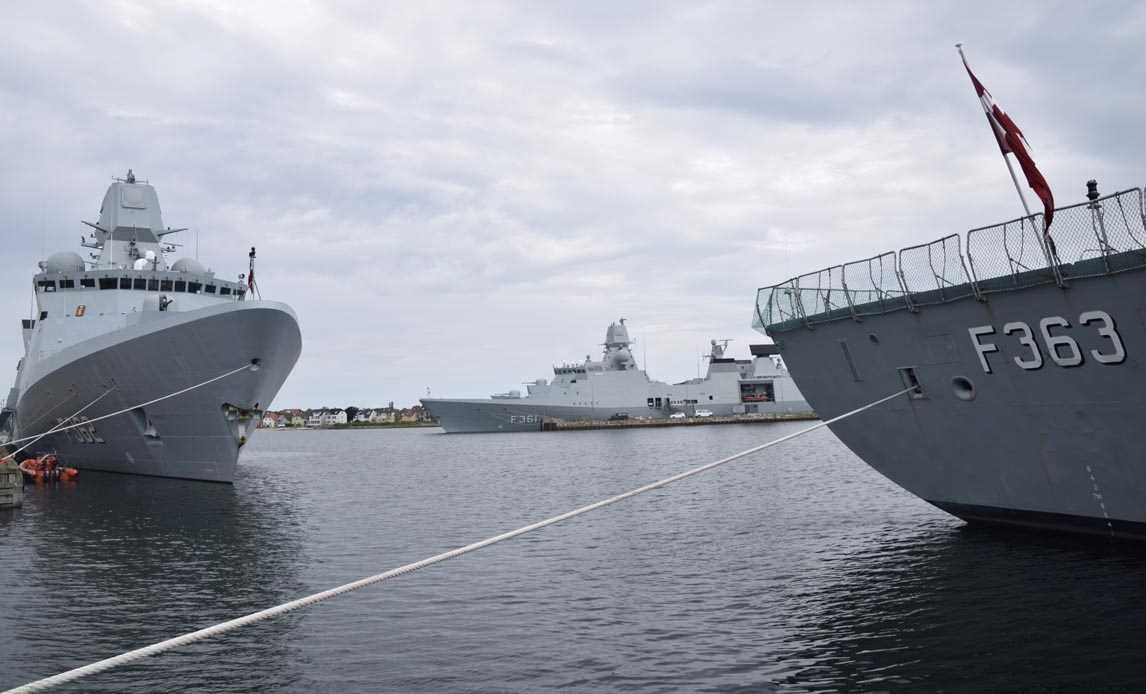A new report from the Transport Ministry suggests a bridge across the Kattegat would be a viable commercial proposition if there was no requirement to add a railway line to the project.
The projected bridge would be in two parts: one part from Røsnæs on Zealand across to the island of Samsø, and the other part from Samsø to Hov in Jutland.
Dropping the rail dimension would mean the bridge – which is estimated to cost around 58 billion kroner – could be completely financed by tolls on motorists over a period of 32 years, reports DR Nyheder.
The calculation is based on a toll rate of 240 kroner – the same amount charged for the Great Belt Bridge for cars without a BroBizz.
Paid for by users themselves
The government parties and Dansk Folkeparti are backing the project. “We’ve agreed to set in motion further studies regarding a road connection over the Kattegat because the new figures show it would probably be self-financing,” said the transport minister, Ole Birk Olesen.
Two years ago the idea was shelved by the then transport minister, Hans Christian Schmidt, when it was estimated it would cost 118 billion kroner, but that included a railway line.
If the bridge goes ahead, it is estimated Danes could save between an hour and an hour and a half in transport time between Zealand and the eastern and northern parts of Jutland.
Toxic for railways
However, not everyone is so enthusiastic. “This would clearly be toxic for rail traffic between Jutland and Zealand and especially for DSB,” points out Harry Lahrmann, a traffic researcher and associate professor at Aalborg University.
“Not only will people begin to drive instead of taking the train, but more people will also use long-distance buses. We can already see today that long-distance buses are eating into the market across the Great Belt,” added Lahrmann.













